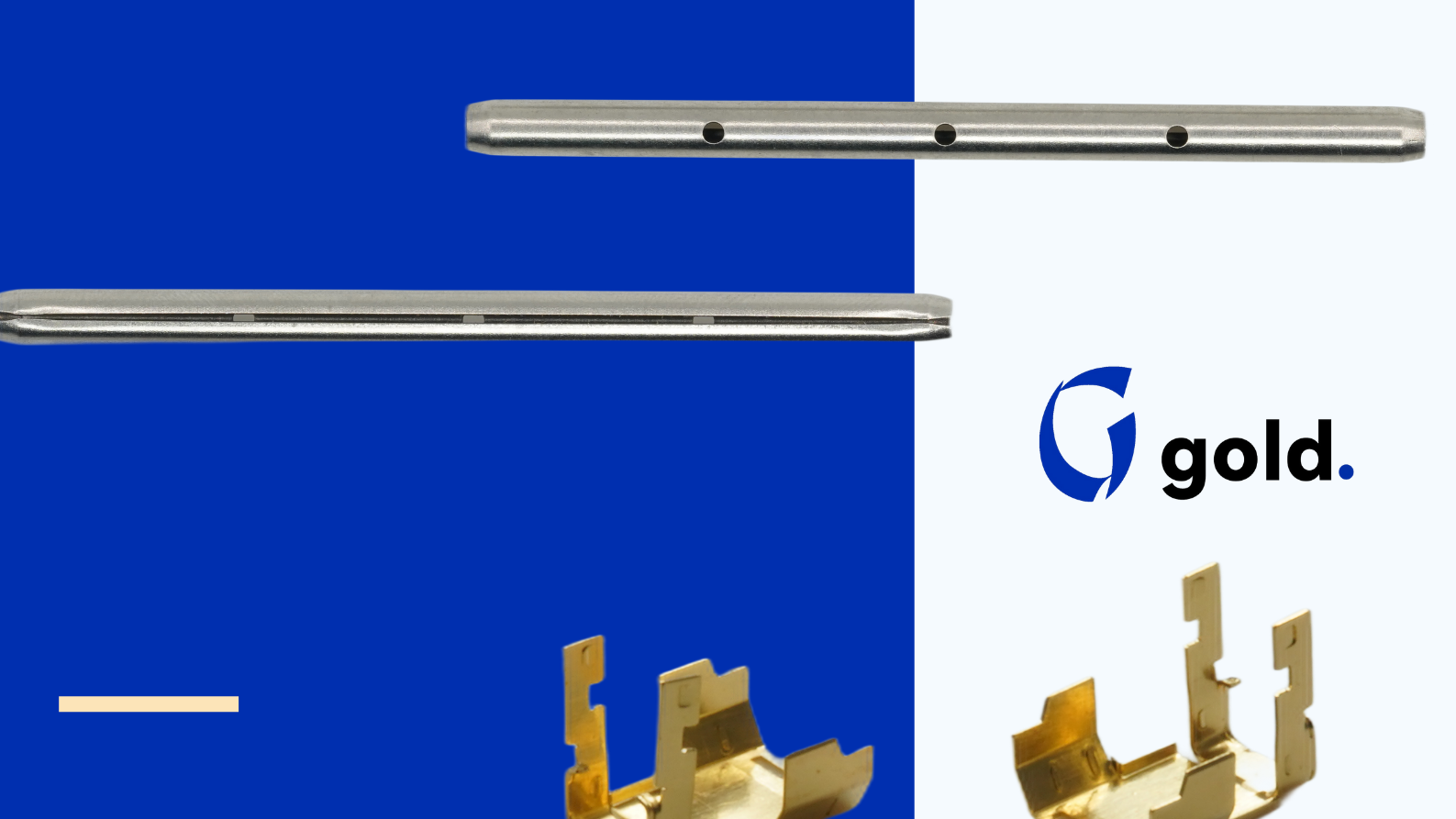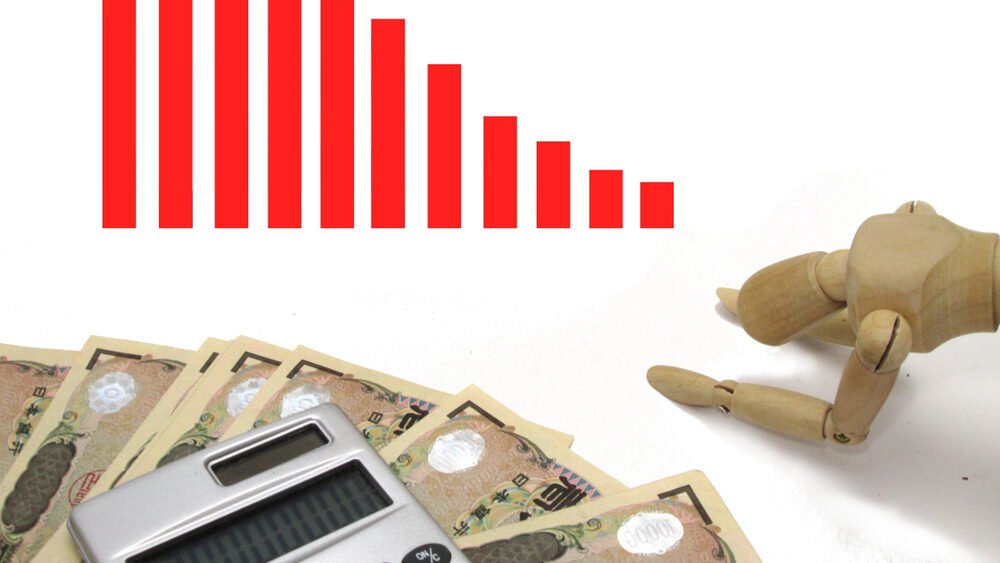In the competitive landscape of manufacturing, progressive stamping emerges as a game-changer. But how exactly does it enhance speed and cut costs? Let’s unravel this.
Progressive stamping boosts production by streamlining operations, ensuring precision, and minimizing waste, leading to significant cost reductions.
To grasp the full impact of progressive stamping in the manufacturing world, let’s delve deeper into its intricacies.

Understanding Progressive Stamping
In the vast world of manufacturing, where precision and efficiency are paramount, progressive stamping has carved a niche for itself. This method, while not new, has been refined over the years to meet the ever-evolving demands of industries ranging from automotive to electronics.
The Core of Progressive Stamping
Progressive stamping, at its heart, is a metalworking method that utilizes a series of stamping stations. Each station performs a unique operation on the metal sheet, and as the sheet moves through the sequence of stations, it transforms into a finished part. This continuous feed process is what gives progressive stamping its name.
The beauty of this method lies in its ability to produce intricate parts at high speeds. Imagine a well-coordinated assembly line, but for metal parts. Each station in the stamping process is meticulously designed to ensure that the metal is shaped, cut, or bent in a specific manner. By the time the metal sheet reaches the end of the line, it has been transformed into a part that’s ready for assembly or sale.
The Step-by-Step Mechanics
Let’s break down a typical progressive stamping operation:
- Feeding: A metal coil is fed into a stamping press. This coil unwinds as the process progresses.
- Piloting: As the metal moves forward, it’s aligned using pilot pins to ensure precision in subsequent operations.
- Stamping: The metal sheet then reaches the stamping stations. Here, using custom-designed dies, the sheet undergoes various operations like bending, punching, coining, and embossing.
- Progression: After each stamping action, the sheet advances a set distance, known as the ‘progression’. This ensures that the next part of the sheet aligns perfectly with the subsequent station.
- Cutting and Shaping: As the sheet moves through the stations, excess material is trimmed, and the desired shapes are formed.
- Ejection: Once the part has been fully formed, it’s separated from the waste material and ejected from the press.
- Collection: The finished parts are then collected, ready for further processing or assembly.
This streamlined process ensures that multiple parts are produced with each cycle of the press, maximizing efficiency and output.

Unpacking the Benefits
Progressive stamping, while intricate in its process, offers a plethora of benefits that make it a preferred choice for many manufacturers. From the rapid pace of production to the impeccable precision it delivers, let’s delve into the advantages that have solidified its position in the manufacturing realm.
Speed and Efficiency
One of the standout attributes of progressive stamping is its ability to produce parts at an astonishingly rapid pace. Given the continuous feed nature of the process, multiple parts are crafted with each cycle of the press. This means that, once set up, a stamping machine can churn out thousands of parts in an hour, depending on the complexity of the design.
Furthermore, the method’s efficiency isn’t just about speed. The simultaneous operation of multiple stamping stations means that a single pass can accomplish what might take several processes in other methods. This consolidation of operations reduces the time taken from raw material to finished product, streamlining the entire production process.
Precision and Consistency
In industries where even a millimeter’s deviation can result in product failures, the precision of progressive stamping is a godsend. The custom-designed dies ensure that every part produced is identical to the last, maintaining strict adherence to design specifications. This consistency is crucial, especially when producing parts for sectors like aerospace or medical devices, where uniformity is non-negotiable.
Moreover, the automated nature of the process minimizes human intervention, thereby reducing the chances of errors that can arise from manual handling. This automation ensures that whether it’s the first part or the ten-thousandth, the quality remains consistent.
Economic Advantages
From a financial perspective, progressive stamping offers several advantages. The initial setup, while potentially costly due to the custom dies, pays off in the long run. Once set up, the cost per part decreases significantly, especially when producing in bulk.
The method’s ability to minimize waste also contributes to its cost-effectiveness. By using the metal sheet efficiently and reducing scrap, manufacturers can get the most out of their raw materials. Additionally, the reduced need for manual labor, combined with the speed of production, means that the overall cost of producing each part is lower than many alternative methods.

Material and Design Aspects
Progressive stamping, while versatile, requires careful consideration of materials and design to ensure optimal results. The choice of metal and the intricacies of design play pivotal roles in determining the success of the stamping process. Let’s explore these facets in detail.
Optimal Materials for Stamping
The choice of material is crucial in progressive stamping, as it directly impacts the quality of the finished product. Here are some commonly used metals and their attributes:
- Steel and Stainless Steel: These are among the most commonly used materials due to their strength and durability. Stainless steel, with its resistance to corrosion, is especially popular for parts that need to withstand harsh environments.
- Aluminum: Lightweight and malleable, aluminum is ideal for parts that require a balance of strength and weight. Its natural resistance to rust makes it a preferred choice for automotive and aerospace applications.
- Copper: Known for its excellent electrical conductivity, copper is often used in electrical components. Its malleability makes it suitable for intricate designs.
- Brass: This alloy of copper and zinc is known for its corrosion resistance and is often used in plumbing components and decorative items.
- Titanium: With a high strength-to-weight ratio, titanium is used in industries like aerospace where strength without added weight is crucial.
It’s worth noting that the choice of material also depends on factors like the intended use of the part, the environment it will be exposed to, and budgetary considerations.
Design Flexibility and Constraints
Progressive stamping offers a wide range of design possibilities, but there are also inherent constraints:
- Flexibility:
- Complex Shapes: Progressive stamping can produce parts with intricate designs, including those with bends, curves, and embossments.
- Tight Tolerances: The method can achieve tight tolerances, ensuring parts fit perfectly in assemblies.
- Constraints:
- Material Thickness: There’s a limit to how thick the metal sheet can be for stamping. Extremely thick materials might require alternative methods.
- Deep Draws: While stamping can handle drawn parts, there’s a limit to the depth achievable. Extremely deep draws might be challenging.
- Die Costs: Custom dies can be expensive, making progressive stamping less viable for short runs or prototypes.

The Global Landscape
Progressive stamping, with its myriad of advantages, has seen adoption across various parts of the globe. However, its prevalence varies, with certain regions emerging as frontrunners, while others face challenges in its adoption. Let’s traverse the global landscape of progressive stamping to understand these dynamics.
Leading Regions and Their Success
- Asia-Pacific (APAC):
- Countries like China, Japan, and South Korea have established themselves as powerhouses in the manufacturing sector. Their rapid industrialization, combined with investments in technology, has made them leaders in progressive stamping.
- Factors for Success: Availability of skilled labor, robust infrastructure, government incentives for manufacturing, and a vast domestic market have contributed to their dominance.
- North America:
- The USA, with its rich industrial history and technological advancements, has been a significant player in progressive stamping.
- Factors for Success: A strong focus on research and development, availability of capital for investments, and a mature automotive sector have driven its success in this domain.
- Europe:
- Germany, Italy, and France are notable for their contributions to the progressive stamping sector, especially in the automotive and aerospace industries.
- Factors for Success: A tradition of precision engineering, high-quality standards, and a focus on innovation have propelled these countries to the forefront.
Barriers to Global Adoption
While progressive stamping has seen widespread adoption, certain barriers have hindered its global proliferation:
- Infrastructure Limitations: Regions with underdeveloped industrial infrastructure might find it challenging to set up and maintain the sophisticated machinery required for progressive stamping.
- Skill Gap: The method requires skilled technicians and engineers for its successful implementation. Regions with a shortage of such skilled professionals might face hurdles.
- Economic Factors: The initial investment for progressive stamping, especially the custom dies, can be substantial. Economically challenged regions might find it hard to muster the required capital.
- Regulatory and Compliance Issues: In some countries, stringent regulations or bureaucratic red tape might impede the adoption of new manufacturing methods.
- Cultural Barriers: In certain regions, traditional manufacturing methods might be deeply ingrained, making it challenging to shift to newer techniques like progressive stamping.

Impact on Small Businesses and Supply Chain
The ripple effect of progressive stamping extends beyond large-scale manufacturers. Small and medium enterprises (SMEs) and the broader supply chain also feel its influence. Let’s explore how this method impacts these sectors, both positively and negatively.
Progressive Stamping for SMEs
- Benefits:
- Cost Efficiency: For SMEs that can afford the initial setup, progressive stamping offers a cost-effective method for producing parts, especially in bulk. Over time, the reduced cost per part can lead to significant savings.
- Competitive Edge: By adopting progressive stamping, SMEs can offer precision parts at competitive prices, allowing them to vie with larger competitors.
- Scalability: Progressive stamping provides SMEs with the flexibility to scale up production quickly in response to increased demand.
- Challenges:
- Initial Investment: The upfront cost for machinery and custom dies can be daunting for SMEs with limited capital.
- Technical Expertise: SMEs might struggle to find or afford the skilled technicians required for progressive stamping.
- Market Dynamics: SMEs, especially those catering to niche markets, might find that the demand doesn’t justify the investment in progressive stamping.
Supply Chain Dynamics
- Lead Times:
- Reduction: Progressive stamping’s rapid production capability can significantly reduce lead times, ensuring quicker delivery to customers or downstream manufacturers.
- Predictability: The method’s consistency allows for more predictable lead times, aiding in better planning and scheduling.
- Inventory Management:
- Reduced Inventory: The speed of production means that parts can be produced just-in-time, reducing the need for large inventories.
- Efficient Use of Raw Materials: Progressive stamping’s efficient use of materials can lead to reduced inventory wastage.
- Overall Supply Chain Efficiency:
- Streamlined Operations: The method’s efficiency can lead to smoother operations throughout the supply chain, from raw material suppliers to end-product manufacturers.
- Risk Mitigation: The precision and consistency of progressive stamping can reduce the risk of defective parts, leading to fewer disruptions in the supply chain.
- Cost Savings: The method’s cost-effectiveness can lead to savings throughout the supply chain, benefiting both suppliers and customers.

Summing Up
Progressive stamping has revolutionized the manufacturing landscape, offering a blend of speed, precision, and cost-effectiveness. While it presents undeniable advantages, such as high-quality production and economic benefits, there are challenges to consider, especially for smaller enterprises facing initial setup costs. Nevertheless, as technology advances and sustainability becomes paramount, progressive stamping’s efficient and eco-friendly nature positions it as a leading choice for the future. In short, it represents the modern face of manufacturing, promising growth and innovation for years to come.




3 Responses